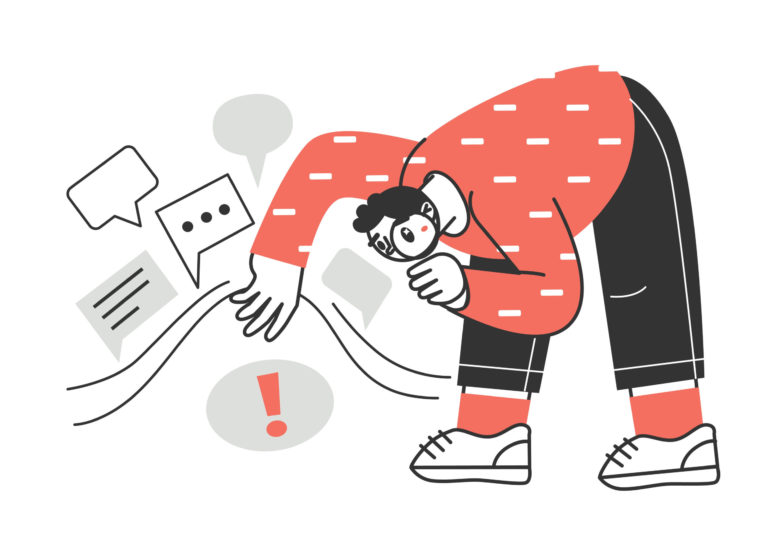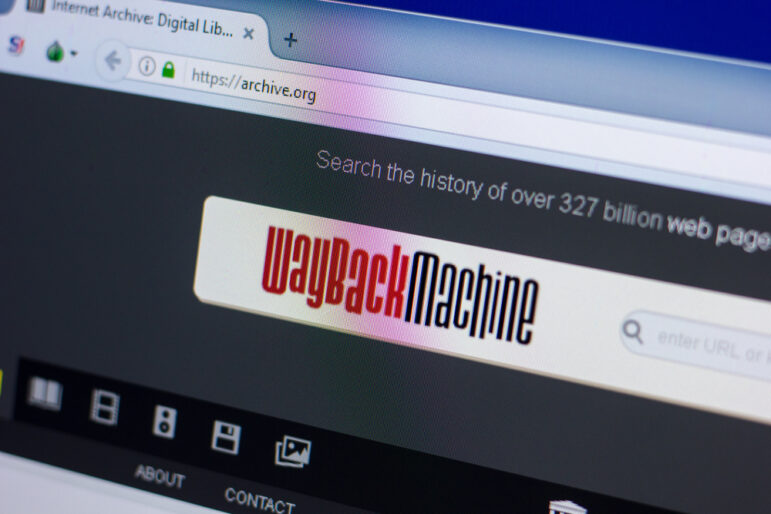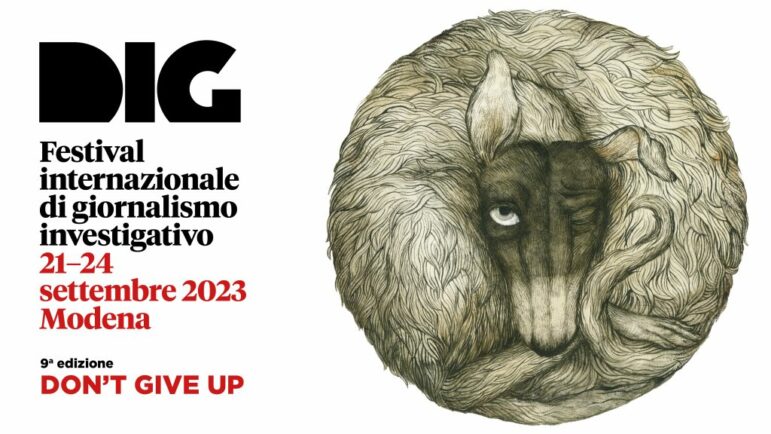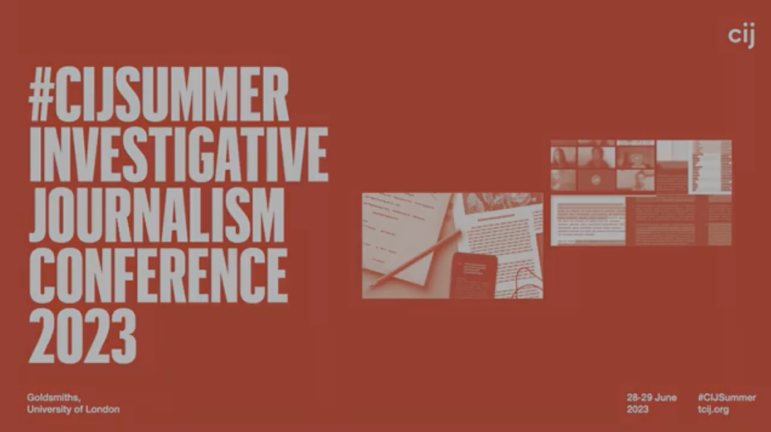

Image: Shutterstock
Using Snapchat as an Investigative Tool: Q & A with Paul Bradshaw
Read this article in

Social media apps like Snapchat and Snap Map, Instagram, and TikTok can all be used by reporters seeking out information. Illustration: Shutterstock
After the fall of Kabul, there were fears that an information black-out could descend upon Afghanistan. The bulk of the international press corps had left, alongside a number of established Afghan reporters. Some of the journalists left behind reported being too scared or afraid of Taliban retribution to go to their jobs or to report as they used to.
At that point, the outlet Rest of World reminded us that people interested in getting an insight into daily life in Kabul could turn to Snapchat’s Snap Map to zone in on the images posted by ordinary people in the city.
In the weeks after the withdrawal, there was Snapchat footage from a protest for women’s rights, other scenes showing deserted streets and marketplaces, posts from the inside of a university where male and female students were apparently being separated by a sheer, silver curtain. There were also the obligatory food shots, selfies by men driving in cars, nail art. But even these pictures of mundane, ordinary life can be of interest to outsiders wondering what a situation is like: showing us the ordinary in a very unordinary situation.
That got us thinking: Can Snapchat, an outlet famous for avatars and disappearing videos, be used by investigative journalists as a reporting tool or as a publishing outlet? The Columbia Journalism Review has highlighted 8 top publishers using Snapchat to share their stories, from The Wall Street Journal to National Geographic to Mashable, but what about investigative journalists? How can they use it? And what are the best ways to approach it?
Snapchat — a social media app that hosts images, videos, messages, and other services like the map — now reaches 306 million people a day, up 23% year-over-year. Around a third of those users are in the United States, 80 million are in Europe, while “rest of world” users have reached 130 million. The platform — which usually only hosts media for a short time before it disappears — reaches more than 75% of 13 to 34 year-olds in the US, UK, Canada, France, Australia, and the Netherlands.
The latest Reuters Institute digital news report flagged the potential reach of outlets like TikTok (where users can create short, looping videos), Snapchat, and Instagram, particularly in terms of how the platforms are used by the under-35 population. The report also highlighted how these platforms can have a practical use as protesters around the world use social media platforms to post content from anti-corruption demonstrations in Peru to protests across Southeast Asia including Indonesia, Thailand, and Myanmar. That can provide reporters with source material, and also in areas where media outlets face restrictions, key insight.
“In many cases,” the Reuters report authors wrote, in relation to TikTok, “the authorities seem to have been blindsided by a platform that they don’t understand.”
We published a story about investigating on TikTok last year, but what about Snapchat? We interviewed Paul Bradshaw, an associate professor of mobile and data journalism at Birmingham City University, and the founder of the investigative journalism crowdsourcing site, Help Me Investigate, to ask about its potential.
Bradshaw is the author of the “Online Journalism Handbook,” contributed to “Investigative Journalism,” and wrote the ebook “Snapchat for Journalists.” He has been listed in Journalism.co.uk’s list of the leading innovators in journalism and media, and has worked as a consultant and trainer at the BBC.
GIJN: Tell us about Snapchat, and how it can be useful for investigative journalists?
PB: I think Snapchat does have some uses [for investigative journalists]. The geo-location aspect is probably the main one, along with tracking individuals who may have a presence on it.
Like most social platforms, it offers differing layers of privacy. Some people turn off geo-tagging, that’s an option. Others have it on, or have their profile set to public, and then it offers a window into people’s lives in places like Afghanistan, Michigan, Paris: you can almost tour around a particular place. That can show you the true mundanity of people’s lives, but also, if there’s an important or significant event happening, it’s worth seeing what video is being published.
It does have its difficulties: it’s difficult to use it outside of your phone — you can’t access all the information. And then there’s the issue around ephemerality — the material itself disappearing.
That was its major USP [unique selling proposition] in the social media space: up until the point that Snapchat arrived, social media content was expected to be permanent. But the ephemerality of Snapchat stories — that’s tricky in many ways for journalists. You can collect material before it disappears, however, and that’s not just something to consider with Snapchat alone. You might think that on Twitter a tweet might still be available a year later, but that’s not always the case. On Snapchat you would certainly have to assume you are not going to be able to view it.
GIJN: How can journalists investigating an individual or an event archive those videos?
PB: There are a number of different tools. You can take screenshots, depending on the material, Snapchat uses still images and moving images, so sometimes a screenshot can help. Lots of phones have screen recording capacity. Then there are various apps and plugins that you can use to record Snapchat material. These come and go, so it’s best to Google the best Snapchat recording apps.
It’s trickier to monitor than other platforms, although you can set up an alert when there are any updates from any particular accounts. But because Snapchat does not have a presence you can access through a browser, or a meaningful API, it can be difficult for people to navigate.
One other tip is don’t just search on Snapchat for Snapchat content. Lots of people post their Snapchat content on Twitter and Instagram, in the same way people do with TikTok.
GIJN: Snapchat’s Snap Map allows anyone – even non-users — to zone in on a particular part of the world – a California town experiencing a forest fire, the Afghan capital, Kabul – and see what people are posting in that place. How can that be useful for reporters? Can you use it to find an individual if, say, reporters in Russia wanted to try and find President Putin’s daughter?
PB: Snap Map is a particularly useful tool, there’s a similar one for Instagram. Just knowing about these options, keeping up to date with them, is good. One of the things is that take-up varies from country to country. In some places you won’t get much material because not many people are using it.
You can also use it to locate individuals. If their settings are locked down, you can search for their friends or relatives who might not be as cautious. I don’t know about Putin’s daughter, but you can search for people, or search a particular area, and search using a hashtag, for example of an event that they are attending.
Obviously you won’t see anything that’s been published with private privacy settings, and there’s often lots of unrelated material. The other issue is following people: those you want to monitor are unlikely to accept you as a friend — and you may not want to notify someone that they’re being followed anyway. Needless to say, the same ethical considerations apply to going ‘undercover’ on Snapchat as going undercover more generally: there has to be a justification for subterfuge, and on the legal front you need to consider whether someone has a reasonable expectation of privacy and whether there’s an overriding public interest argument. Those are important discussions to have within your organization.
GIJN: Where does Snapchat fit alongside those other social media platforms as a source for reporters, and how important is it that reporters learn how to use these tools?
PB: Snapchat is one to have in the toolkit and when you are doing investigative stories or monitoring any individuals, it’s one you should be checking alongside Twitter, Facebook, Instagram, and any other platforms that might be popular in the area you are operating in.
There is also the storytelling aspect, and Snapchat is good for publishing too. There’s a whole genre [of tools and apps] that really all journalists should be familiar with, it’s a language in its own right. You might be able to reach new audiences. It’s mainly personality or presenter-driven, so it’s a good way to talk about a publication or a story, or the process behind one.
It’s also about making yourself accessible to sources: People can send you material via Snapchat, and it’s quite a nice platform for using material you have been sent. A source might come across you on Snapchat that may not come across you on other platforms.
That might mean a source is able to approach you and might feel comfortable compared to doing so on other platforms. The ephemerality — you can set messages to self-destruct too – may offer them some reassurance. While self-destructing messages [are] no longer its only USP, it’s still part of the platform. People who may not go on Facebook or Twitter might go on Snapchat, so it might give you access to sources that maybe don’t know about Signal, Telegram, or the more esoteric options.
GIJN: Do you know of any journalists that have used Snapchat successfully to acquire material for an investigation?
PB: Bellingcat have used it, there is a mention in [their book] “We Are Bellingcat,” where they used it to look for a particular person in relation to one of their investigations, and there are probably some instances of slip-up material finding its way to journalists. More broadly, Snapchat is often listed alongside other platforms that journalists have looked at.
This is a transcript of a phone conversation that has been edited for clarity.
Additional Resources
Beyond Viral Clips and Lip Syncing: A Guide to Investigating on TikTok
GIJN Toolbox: CrowdTangle, Echosec, and Searching Social Media
Tips for Mining Social Media Platforms with Henk van Ess
 Laura Dixon is GIJN’s associate editor and a freelance journalist from the UK. She has reported from Colombia, the US, and Mexico, and her work has been published by The Times, The Washington Post, and The Atlantic, among others. She has received reporting fellowships from the IWMF, the Pulitzer Center for Crisis Reporting, and the CSIS in the United States.
Laura Dixon is GIJN’s associate editor and a freelance journalist from the UK. She has reported from Colombia, the US, and Mexico, and her work has been published by The Times, The Washington Post, and The Atlantic, among others. She has received reporting fellowships from the IWMF, the Pulitzer Center for Crisis Reporting, and the CSIS in the United States.












